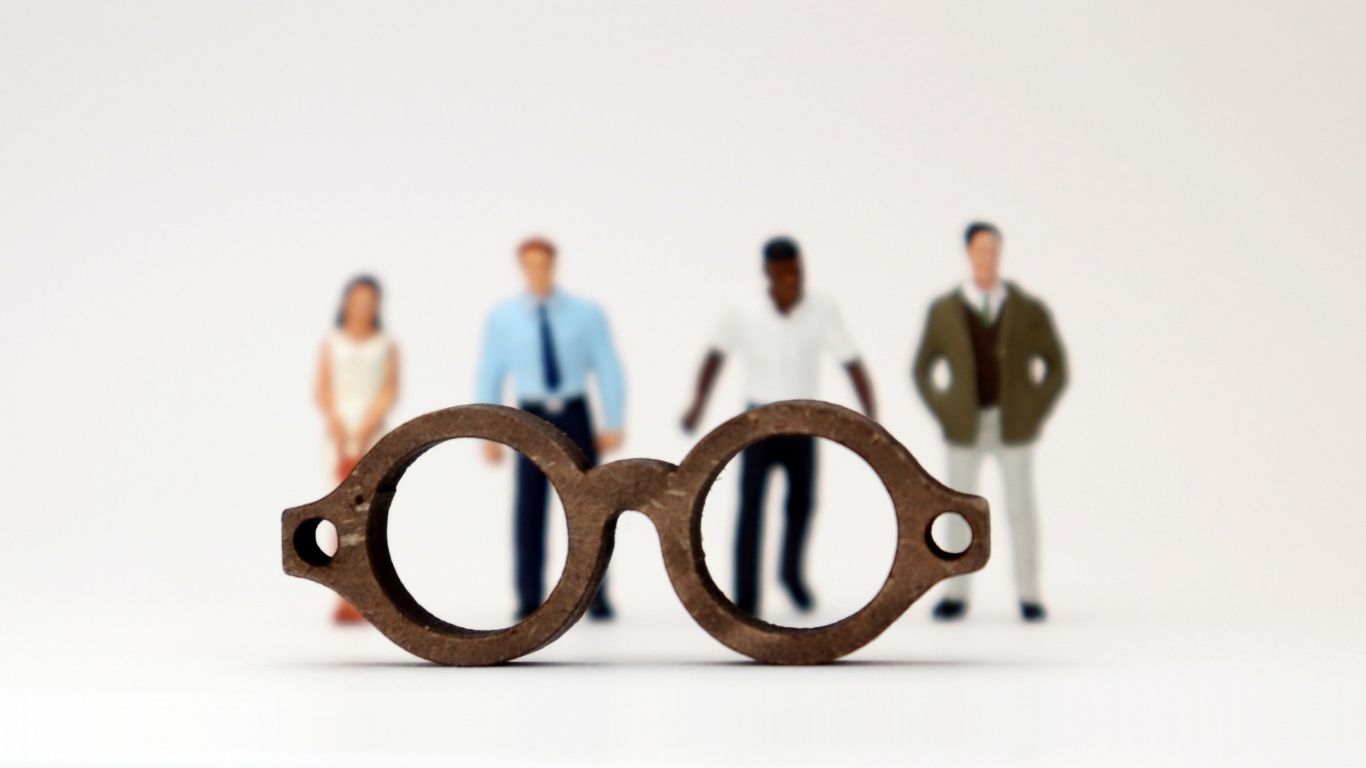The Biased Mediator
By PracticeForte Advisory Affiliate Christian von Baumbach
(this article was first published in E-Mediation Magazine)
Mediators are 100% impartial!
They are not passive observers of a conflict, of course, but actively support all parties equally to express their views and needs and come to solutions that are in their best interest. Most definitions of mediation emphasize the role of the mediator as a neutral or impartial third party. Impartiality is a key principle of mediation.
But is this really true? Probably not, at least not 100%. Biases are a natural, and to some extent unavoidable, part of human nature. Our biases help us to navigate through our daily lives without having to think too much about every action and encounter.
What about our professional lives? Can we leave our biases at the door when we enter the mediation room? Maybe to some extent, but probably not completely. To be honest, even in my professional role as a mediator I am influenced by my biases. My biases keep me from being truly impartial. In most mediations I feel closer to one party than the other or feel that the arguments of one party are more reasonable than the other.
This can be a problem if this influences me in a way where I favour one party more than the other. As the mediator I am responsible for leading the process, and the process naturally has an impact on the outcome. I could, for example, lead the conversation in a way that helps party A at the expense of Party B. I could repeat or visualize some arguments in greater detail while neglecting others. Or the parties simply feel the greater sympathy towards one side. All of this could probably happen unconsciously and therefore would be difficult to avoid.
So, it is very important to be aware of our biases, train our perception and develop skills to stay as impartial as possible. How can we achieve this?
Seeing through cultural lenses
Our perceptions and values are strongly influenced by our surroundings and our peer groups, especially at a young age. Our family members, friends, classmates and others have an impact on how we perceive the world around us and how we judge others. This cultural background shapes our perception and influences our judgement. Most of the time we are not even aware of the cultural lenses that we look through. We believe that our view on the world is real, and therefore opposing, unexpected behaviour must be somehow wrong or mischievous.
But we can train to view the world through different lenses, to look at the world from different angles. This is, of course, what mediators always pursue, but not all mediators take cultural biases into account. To do so, we need to achieve knowledge about cultural dynamics and reflect on our own cultural background, as well as on other cultural aspects. We also need to develop an attitude of respect and interest towards people from other cultural backgrounds. Culture is complex and there is always something new to learn. It also helps to talk to a lot to people from very different social and cultural backgrounds to understand how they perceive the world. Through these theoretical and practical experiences, we gain intercultural competence[1] that helps us to understand and deal with our biases.
One important aspect here is that culture is by no means limited to national culture. Modern cultural theories like the concepts of open culture and multicollectivity by Professor Bolten[2] apply non-binary concepts to culture. Professor Bolten points out that all humans belong not only to one culture, but instead to multiple collectives. Each collective has an influence on us and therefore on our own biases. These concepts may help us to understand our own diverse cultural background as well as that of others. It supports a view that is less black and white and more colourful.
Co-Mediation
Aware of cultural biases, in cross-border family mediation we often work in co-mediation with a team of mediators from different backgrounds that match the background of the parents. The German NGO MiKK[1] has developed the 4B mediation model, in which co-mediator teams with the following characteristics are assigned to each case: 1. Bi-lingual: Parents may speak in their mother tongue as well as in the language of the relationship during the mediation. 2. Bi-cultural: The co-mediator team will reflect the culture of the parents. 3. Bi-professional: One mediator will be of a legal background and the other will be of a psychosocial (psychological or pedagogical) background. 4. Bi-gender: The co-mediator team will reflect the gender of the parents.
Each mediator will have biases and not every mediator can support its respective party equally, but together as a team they can help each other to understand and overcome their biases and support the parties equally. That is why each co-mediation is a wonderful learning experience for the mediators as well.
This mediation model is also effective to counter possible biases that the parties might have against the mediators. Someone from Germany might feel better with a German mediator in the room while someone from India might prefer a mediator from India, even if both mediators are effectively impartial to both parties.
[1] MiKK e.V. International Mediation Centre for Family Conflict and Child Abduction (https://www.mikk-ev.de/en/)
Prejudice vs. generalization
Not all assumptions are wrong. A helpful difference can be made between prejudices and generalizations. Prejudices are preconceived opinions that are not based on reason or actual experience. This is a negative and destructive form of bias. Generalizations on the other hand are realistic assumptions that are based on researched facts or personal experience. Generalizations can help us to understand a situation or people.
Reflecting on our own beliefs, and understanding which are based on facts and experiences and which are a result of prejudices, can be very important.
Body and mind
As biases are largely part of our subconscious. It can be difficult to approach them on a logical, conscious level. However, they will manifest physically through our bodies, gestures and movements. Therefore, mediators should pay attention to their body reactions, their posture, breath and gestures. All these hint at real thoughts, including biases. For example, sometimes I notice that I subconsciously have a greater physical distance to one party or that I physically face more towards one side. This might hint at a subconscious bias. There are two ways to approach this: One is to reflect on this, maybe through supervision. The other is to deliberately correct my position in the room or my body posture. There is a close connection between body and mind and one effects the other. It can help to develop a better understanding for the connection between body and mind, for example through meditation, yoga practice or martial arts. Personally, I have learned a lot from my Aikido practice over the years[1].
[1] Article on Aikido and Mediation: https://baumbachmediation.com/en/aikido-and-mediation/
Conclusion
Every mediator is influenced by his or her biases, often on a subconscious level, and this might impair our impartiality. To avoid that, we need to be aware of our biases, train our perception, and develop skills to stay as impartial as possible. Intercultural competence helps us to understand our own biases and treat others with respect. Co-mediation is a wonderful concept where two mediators with diverse backgrounds work together to overcome their own biases and acknowledge possible biases by the parties. Biases in the form of generalization might be helpful if we stay cautious of prejudices. Lastly, our body is a great indicator for our subconsciousness and helps us to understand and influence our own biases.



